Zamioculcas Zamiifolia, ZZ Plant
₹650.00 Original price was: ₹650.00.₹600.00Current price is: ₹600.00.
(MRP Inclusive of all taxes)
- Shipping Rs 100 for entire order
- Dispatch in 8-10 days
- Country of origin: India
Description for Zamioculcas Zamiifolia, ZZ Plant
It is widely used as a house plant because it bears all conditions of cultivation.
It does have pinnate leaves like a palm tree, but they are rounded and it has a thick tuberous stem.
It satisfies demand of interior plant escapers who always look for new plants they can use indoors to provide a different look.
The evergreen leaflets grow in opposing pairs of up to 12 per stem.
It is a low growing plant. The trunk stores moisture in times of drought, which makes Zamia ideal for periscope gardens.
Planting and care
It is normally evergreen, but becomes deciduous during drought, surviving drought due to the large potato-like rhizome that stores water until rainfall resumes.
The leaves are pinnate, 40 to 60 cm long, with 6-8 pairs of leaflets 7 to 15 cm long; they are smooth, shiny, and dark green.
The flowers are produced in a small bright yellow to brown or bronze spadix 5 to 7 cm long, partly hidden among the leaf bases; flowering is from mid summer to early autumn.
Caring for Zamioculcas Zamiifolia
- Cardboard palm requires enough moisture to keep the trunk fat and healthy. Never let it dry to the point that the trunk and stem are wrinkled or dry.
- Prune off dead leaves as they occur.
- Even though the plant does well in lower light levels, by placing it in brighter light it performs even better.
- Keep the plant away from any hot direct afternoon sun as the plant can burn. A good bright filtered afternoon sun would work well.
Harvesting
NA
Typical uses of Zamioculcas Zamiifolia
Special features: Stemless evergreen plant
Culinary use: NA
Ornamental use: It makes an excellent container or house plant anywhere.
In temperate regions it is commonly grown as a house plant and, in subtropical areas, as a container or bedding plant outdoors.
Medicinal use: NA
Be the first to review “Zamioculcas Zamiifolia, ZZ Plant” Cancel reply
Related products
Indoor Foliage Plant
Indoor Plants
Indoor Plants
Air Purifying Plants
Indoor Foliage Plant
Indoor Foliage Plant
Indoor Plants
Indoor Plants



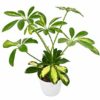
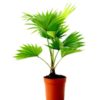
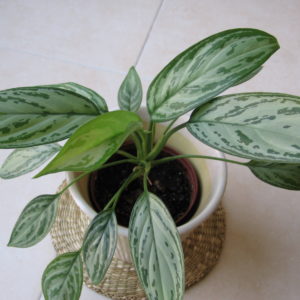
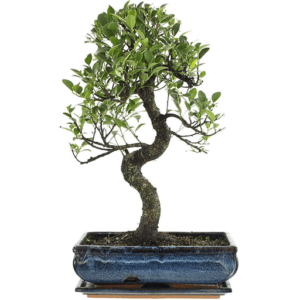
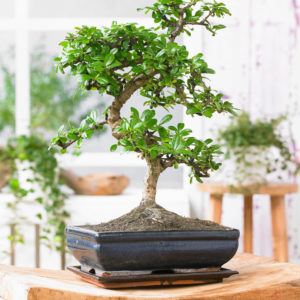
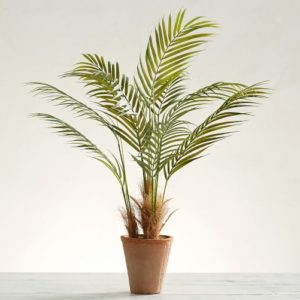
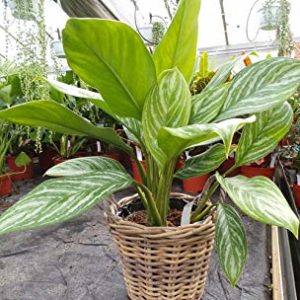
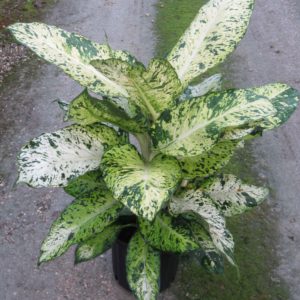
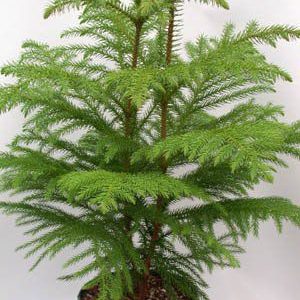
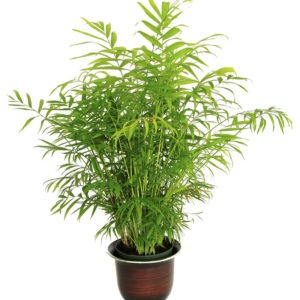
Reviews
There are no reviews yet.